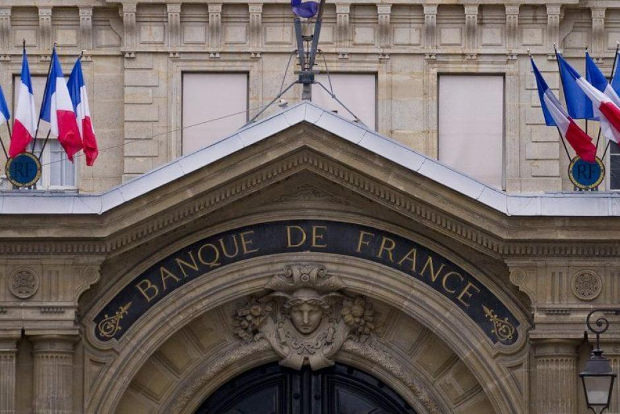For a long time (from the ‘90s to the mid-2010s) two-thirds of France’s public debt was held by “non-residents” – i.e. foreign investors – which represented a risk in case of mistrust (possibility of massive sales or crises). But things are starting to change: In 2014, 63.9% of the public debt ¹ was held by those non-residents; in 2017, this number has dropped to 55.5%. And the slack hasn’t been picked up by the French banks and insurance companies. As a matter of fact, their debt holdings are also diminishing slightly. So where is all that debt now? Simple: with Banque de France.

How did this happen? As we know, the European Central Bank launched a QE plan in 2015 consisting in monthly purchases of 80 billion euro worth of sovereign bonds (from now on down to 30 billion euro). But this policy is concretely implemented by national central banks, at 80%, and by the ECB, at 20%. Surprised? Well, not really because, as we’ve discussed in our preceding article about Target2, the euro is not a real single currency, but rather a form of hybrid money functioning with a network of national central banks supervised by the ECB.
Thus, as months go by, Banque de France has been buying sovereign bonds. It now owns 17.7% of that debt, as shown by the February, 2018 Bulletin (page 4) of the Agence France Trésor, the organism in charge of managing the State’s debt. This fact is not explicitly recognised, however, since this number can only be found in the “others” category…²
Moreover, we just learned that Banque de France will pay 5 billion euro to the State, more than the 4.5 billion euro of 2016 and, as Agefi explains: “The increase in the net income of Banque de France is due to an increase in the size of its balance sheet – from 855 billion to 1,054 billion euro – for which the continuing purchases of bonds for the European Central Bank essentially accounts”














Leave A Comment